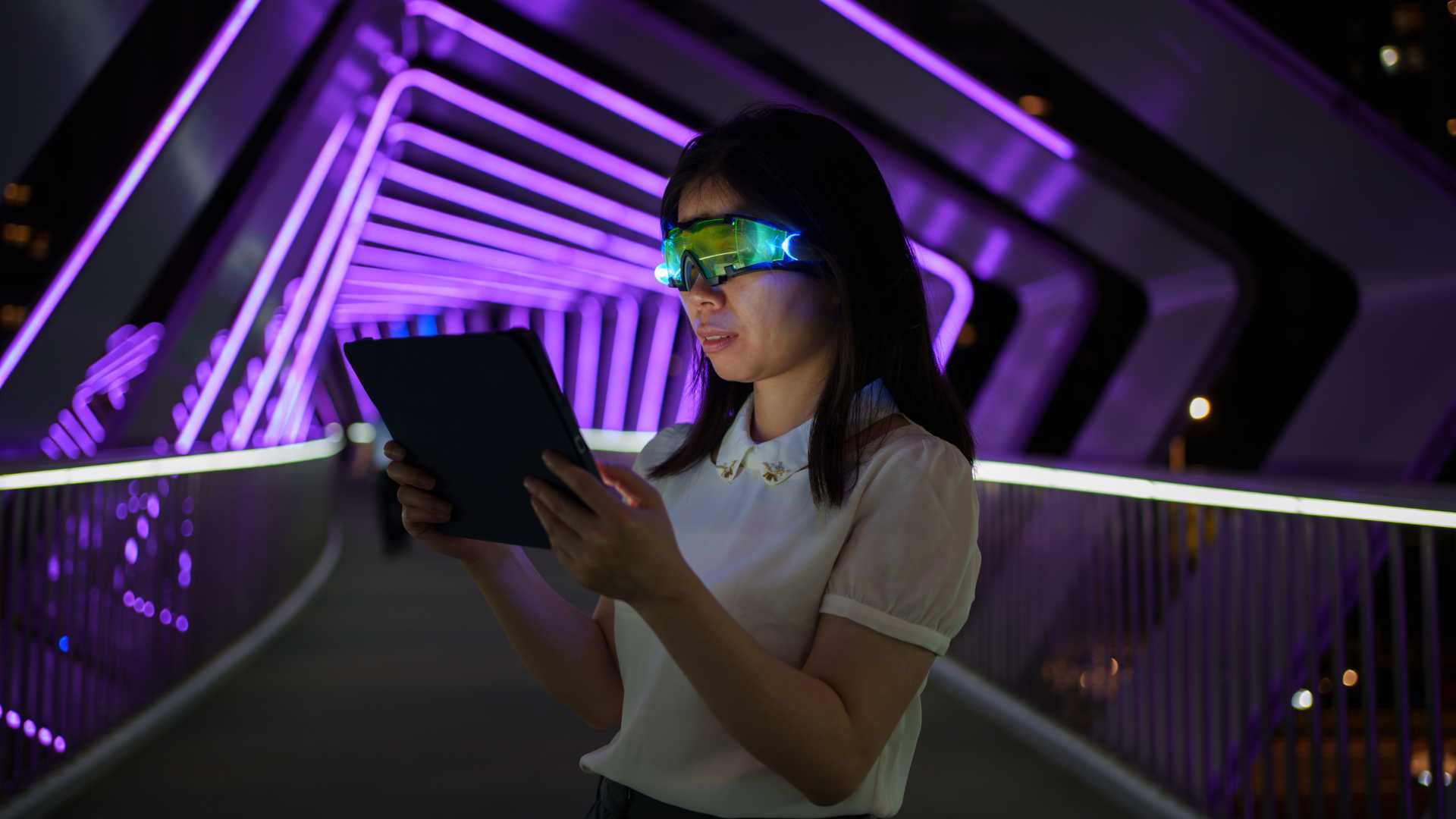Tabla de contenido
Which fictional character has autism?
In today’s increasingly inclusive world, more media producers are telling stories from diverse perspectives. Characters with autism are slowly but surely finding a more authentic space in books, movies, and television. These characters don’t just entertain; they open doors to understanding, empathy, and meaningful change.
But how accurately are these characters portrayed? And what impact do these portrayals have on real people with autism?
You might even find yourself asking: Which fictional character has autism? The answer isn’t just one name. From Sam in Atypical to Shaun in The Good Doctor, many characters show traits of autism—but how they are portrayed makes all the difference. Keep reading this blog by ABA Centers of New Jersey to explore who these characters are, how they’re changing perceptions, and why this matters more than ever.
Why Neurodiversity and Representation Matter
Representation goes far beyond “being seen.” For individuals on the autism spectrum, seeing themselves reflected in neurodiverse characters can be a powerful source of validation. When mainstream stories include neurodiverse characters, they help build awareness and empathy while recognizing neurodivergent experiences.
According to the paper The Dynamic Interplay Between Representation and Perception, media has a crucial role in shaping how society perceives autism. The study highlights that while some portrayals deepen understanding, others reinforce outdated stereotypes—such as the “math genius” or “emotionless loner.” These tropes flatten the rich, varied experiences of individuals with autism and may unintentionally contribute to stigma.
Accurate representation, including characters with autism, not only informs public perception but also helps children and adults with autism feel seen and included. It sends a clear message: Your story matters.

Pop Icons and Characters with Autism in Movies, Books, and TV
There’s been a growing wave of shows, films, and books featuring characters with autism, giving us new ways to understand neurodivergence through storytelling. Here are some notable examples:
Sam Gardner – “Atypical” (Netflix)
Sam, a teenager on the autism spectrum, navigates school, relationships, and family life. Early criticism about the lack of autistic input was addressed in later seasons, with autistic actors and consultants brought on board. This approach improved the show’s authenticity and provided deeper, more nuanced portrayals.
Shaun Murphy – “The Good Doctor” (ABC)
Shaun is a surgical resident who has autism and savant syndrome. While some argue the show leans on the “autistic genius” stereotype, it also presents a compelling, compassionate look at a young man facing professional and social challenges. According to the New York Film Academy, Shaun’s character has opened up discussions around inclusion in high-stress professions.
Christopher Boone – “The Curious Incident of the Dog in the Night-Time”
Though never explicitly labeled as autistic, Christopher’s character strongly resonates with readers familiar with autism. His logical thinking, sensory sensitivities, and emotional insight make him one of literature’s most iconic neurodivergent characters.
Abed Nadir – “Community” (NBC)
Abed isn’t officially diagnosed in the show, but many viewers identify him as a neurodiverse character. His intense focus on cultura pop, difficulty reading social cues, and quirky sense of humor make him relatable to many on the spectrum. Importantly, Abed is beloved not in spite of his differences but because of them.
Amira – “Everything’s Gonna Be Okay”
Amira stands out as a Black Muslim girl with autism, portrayed by the autistic actress Kayla Cromer. This kind of layered representation—authentic and intersectional—is rare but essential in moving the media toward better inclusivity.
These characters aren’t just entertainment. They’re cultural milestones, showing the world that neurodivergence is part of the human experience.
The Challenges of Media Representation—and What’s Next
Despite progress, challenges remain. Many portrayals still fall into predictable patterns: the gifted loner, the socially inept computer wizard, or the emotionless genius. These representations are not only limiting—they’re often inaccurate.
As outlined in the article Autism Stereotypes and Stigma: The Impact of Media Representations, misleading portrayals in media can lead to widespread misconceptions and even discrimination. The study warns that these stereotypes can reduce public understanding and increase social barriers for people with autism.
What Can we do Moving Forward?
- Tell more diverse stories: Autism looks different in everyone. We need characters with autism across races, genders, ages, and backgrounds.
- Include autistic voices: Writers, actors, and consultants with lived experience bring depth and accuracy to storytelling.
- Move beyond the trope: Show strengths, challenges, humor, relationships—objective human complexity.
How does ABA Therapy Support Neurodiverse Individuals and Encourages Representation?
While media shapes perception, real-world support helps shape lives. That’s where ABA therapy comes in.
Applied Behavior Analysis (ABA) is a proven, individualized methodology that supports children and teens with autism build essential life skills, such as communication, emotional regulation, and social interaction. It’s goal-oriented and grounded in positive reinforcement.
En ABA Centers of New Jersey, our mission is to support neurodiverse individuals from early childhood through adolescence. We partner with families to create customized treatment plans that celebrate each child’s strengths while addressing their unique needs.
ABA therapy also empowers children to express themselves more confidently, which can influence how autism is represented in real life and in the media. As more individuals with autism grow into self-advocates, they’ll shape future stories with honesty and heart.
Moving Forward: Real Stories for Real People
Characters with autism are more than just parts of a script—they reflect real people, real experiences, and genuine emotions. When their stories are told with care, depth, and authenticity, they don’t just entertain us; they help us connect and understand one another better.
So, the next time you wonder, “Which fictional character has autism?” It’s also worth asking: Who gets to share their voice, and what kinds of stories still need to be told? These questions open the door to greater inclusivity and empathy in the stories we love.
Representation isn’t about checking a box; it’s about building bridges between people, one meaningful story at a time.
Need Support? ABA Centers of New Jersey is Here for You
If you’re seeking help for a child or teen with autism, ABA Centers of New Jersey is here to support your journey. We offer:
- Comprehensive ABA therapy services in homes, schools, communities, and state-of-the-art centers
- Autism diagnostic services with no waitlists
- A play-based, positive-reinforcement approach to learning
- Dedicated clinicians who collaborate with families to help children reach their full potential.
Together, we can create a more inclusive society—both in the media and in real life. Contact us today or call us at (855) 640-7888 to learn more about our autism services and how we can help your child thrive.









